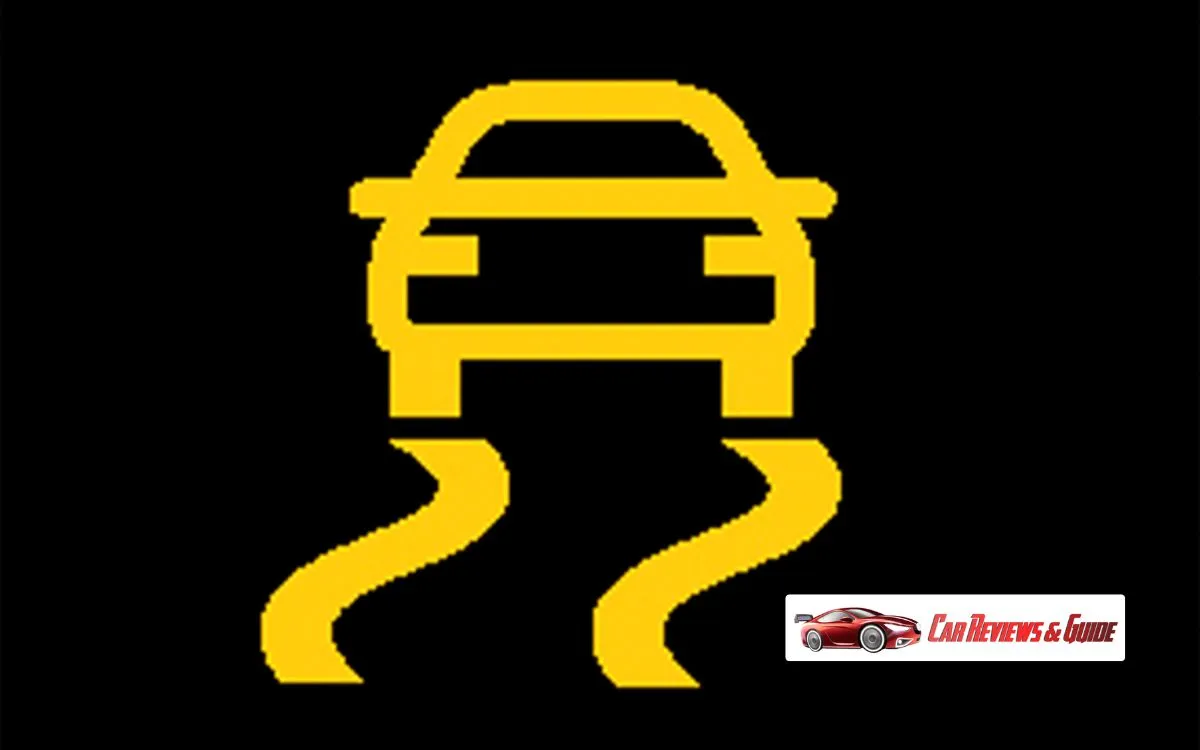Have you ever seen that ominous symbol of a car skidding on a road, and wondered what it means? That’s the “car slippery symbol,” a universal warning sign that signals slick road conditions, urging drivers to exercise caution. This article by Car Reviews & Guide will delve into the world of this crucial symbol, exploring its meaning, significance, and how to navigate slippery roads safely.
Understanding the Car Slippery Symbol
The car slippery symbol, often depicted as a stylized car skidding on a road, is a vital safety feature in modern vehicles. It serves as a visual alert, reminding drivers of potentially hazardous road conditions, prompting them to adjust their driving behavior accordingly. Understanding this symbol and its implications is crucial for navigating slippery roads with confidence and ensuring a safe journey.
A Universal Warning
- The car slippery symbol is a universal warning sign recognized globally. It signifies that the road surface is slippery, potentially due to rain, snow, ice, or other factors that reduce traction.
- This symbol is typically displayed on the instrument panel, often accompanied by a warning chime or light.
A Call for Caution
- The appearance of the car slippery symbol is a clear call for caution. It indicates that the road surface offers reduced grip, making it easier for vehicles to skid or lose control.
- Drivers should immediately adjust their driving behavior to ensure safety.
A Reminder of Potential Hazards
The car slippery symbol serves as a reminder of the potential hazards associated with slippery roads. These hazards include:
- Increased Braking Distance: Slippery roads require longer braking distances, as the tires have less grip.
- Reduced Acceleration: Accelerating on slippery roads can lead to wheel spin and loss of control.
- Increased Risk of Skidding: Slippery surfaces make it easier for vehicles to skid, especially during cornering or braking.
Navigating Slippery Roads with Confidence

Reduce Speed:
- Adjust Speed: Reduce your speed significantly when the car slippery symbol appears. This will give you more time to react to changing conditions.
- Maintain a Safe Distance: Increase your following distance to provide more space for braking in case of emergencies.
Smooth Steering:
- Gentle Steering: Avoid sudden or jerky steering movements, as these can easily cause the vehicle to skid.
- Anticipate Turns: Slow down before entering curves and corners, allowing for a gradual and controlled approach.
Gradual Acceleration:
- Avoid Sudden Acceleration: Accelerate slowly and smoothly to avoid wheel spin and loss of control.
- Use Low Gears: On manual transmission vehicles, use lower gears to provide more engine braking and control.
Gentle Braking:
- Avoid Hard Braking: Apply brakes gradually and smoothly to avoid locking the wheels and causing a skid.
- Use Engine Braking: On manual transmission vehicles, use engine braking by shifting to a lower gear to slow down without relying solely on the brakes.
Be Aware of Surroundings:
- Observe Road Conditions: Pay close attention to the road surface and look for signs of ice, snow, or other hazards.
- Be Prepared for Unexpected Events: Be prepared to react quickly to sudden changes in road conditions or the actions of other drivers.
Frequently Asked Questions
What causes the car slippery symbol to appear?
- Rain: Wet roads can become slippery, especially in the early stages of rain when oil and debris are present.
- Snow: Snow-covered roads are extremely slippery, requiring extra caution.
- Ice: Ice is one of the most slippery road surfaces, making driving extremely hazardous.
- Fog: Fog can reduce visibility and make it difficult to judge road conditions.
However, the symbol might also illuminate due to other issues:
- Faulty wheel speed sensors: These sensors monitor wheel rotation speed and any malfunction can trigger the symbol.
- Problems with the ABS system: The anti-lock brake system and traction control are interconnected, so issues with one can affect the other.
- Electrical problems: Faulty wiring or a malfunctioning traction control module can also cause the symbol to appear.
What other warning lights should be aware of?
While the car slippery symbol is essential, there are several other warning lights that demand immediate attention. These indicators signal potential issues that could compromise your safety or vehicle performance.
Critical Warning Lights:
- Engine light (check engine light): This versatile light can indicate a wide range of issues from minor sensor problems to severe engine trouble. It’s essential to have the vehicle diagnosed promptly.
- Brake warning light: This light often signifies low brake fluid, worn brake pads, or a malfunctioning ABS system. It’s crucial to address this issue immediately as it directly impacts your vehicle’s braking capability.
- Battery warning light: This typically indicates a problem with the charging system, such as a faulty alternator or battery. A drained battery can leave you stranded.
- Oil pressure warning light: This is a critical indicator of low oil pressure, which can lead to engine damage if ignored. Stop the vehicle as soon as safely possible.
- Overheating warning light: This signals an overheating engine, which can cause severe damage if not addressed immediately. Pull over and allow the engine to cool down.
Conclusion
The car slippery symbol is a crucial safety feature that alerts drivers to potentially hazardous road conditions. By understanding its meaning and following the tips for navigating slippery roads, you can ensure a safe and enjoyable driving experience. Remember to always prioritize safety and adjust your driving behavior accordingly when the car slippery symbol appears.

Related Posts
Mercedes-Benz Starter Problems: Causes & Troubleshooting Tips
Mercedes ECU Problems: Troubleshooting and Repair Guide
Coolant Too Hot Mercedes: Common Causes & Fixes